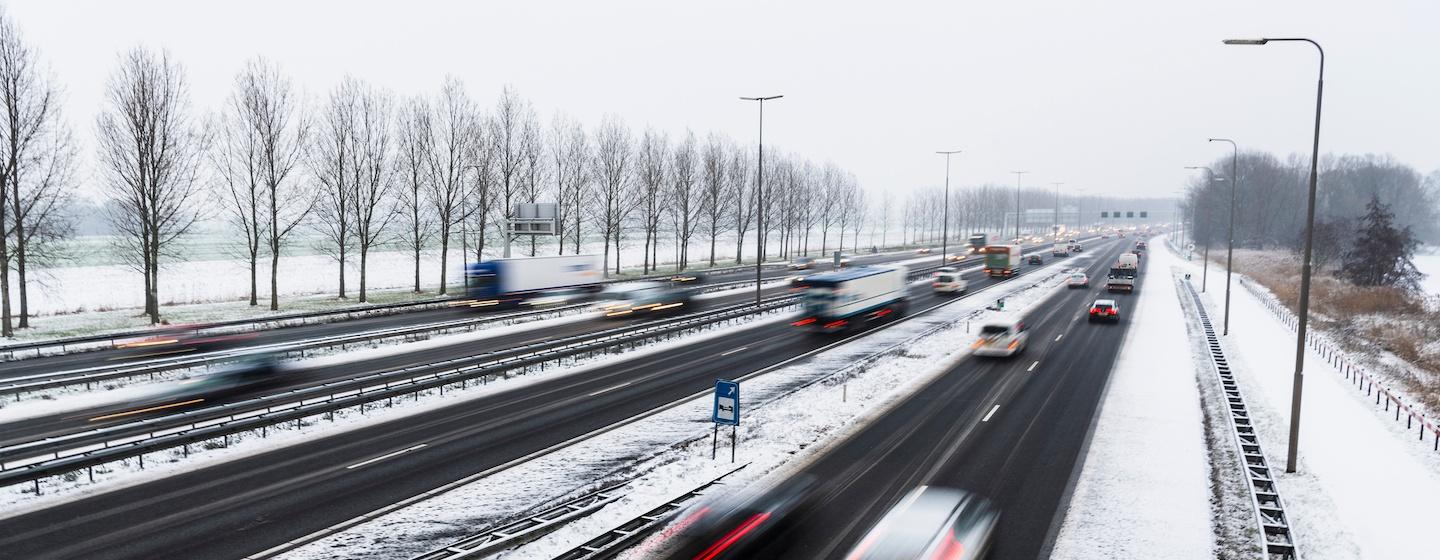Does Salting the Road Harm The Environment?


If you live in central North Carolina, there’s a good chance your neighborhood grocery store is low on bread and milk. You may also see signs of salt brine on your roads, tell-tale signs that we’re about to get a wintry storm.
That salt brine is a key part of the NC Department of Transportation’s strategy for preventing major accidents during the storm this coming weekend. Over the last few days, the NCDOT put down more than a billion gallons of salt brine over major roads in central North Carolina.
According to the NCDOT, their salt brine is approximately 75 percent water and 25 percent salt, enough salt to reduce the freezing temperature of water to about 18 degrees F ( -8 degrees Celsius). If it doesn’t get washed away by rain, the brine will help prevent ice and snow from bonding to the road.
This diluted salt brine is also less toxic to the environment than solid rock salt.
In a review study published late last year, researchers from the University of Toledo found that because the use of salt to deice roads has tripled over that few decades, salt concentrations have increased dramatically in freshwater sources, from streams to rivers to lakes.
"The magnitude of the road salt contamination issue is substantial and requires immediate attention," said Dr. Bill Hintz, assistant professor of ecology at the University Toledo and lead author of the research.
Sodium chloride, or salt, can be harmful to humans, fish, plants and aquatic life. The study shows that some urbanized streets have salt concentrations that are more than 20 to 30 times higher than the EPA’s safe threshold.
"Current EPA thresholds are clearly not enough," Hintz said. "The impacts of deicing salts can be sublethal or lethal at current thresholds and recent research suggests that negative effects can occur at levels far below these thresholds."
Salt can also corrode and destroy public infrastructure (like water pipes) and cars. Increased salt in freshwater sources also mobilizes other toxic metals like radon, mercury and lead.
Fortunately, one of the solutions that Hintz and his team propose is to use liquid salt brine prior to storm events (like NCDOT does) which reduces the amount of salt needed after the storm. Other solutions include properly storing the salt in a contained building with 4 walls to decrease run-off.
Some states like Kansas, New Jersey and North Dakota are experimenting with diluting salt with beet juice as a more "natural" solution to deicing. Beet juice helps the salt stick to the asphalt, reducing the amount needed to make ice melt. However, research so far shows that beet juice isn’t necessarily a less toxic alternative to conventional salt or salt brine.
North Carolina’s roads have yet to turn purplish brown with beet juice, but NDOT’s pre-storm liquid brine (though not completely toxic-free) will hopefully cut down on the amount of salt needed to keep roads safe. Now fingers crossed it doesn’t rain!